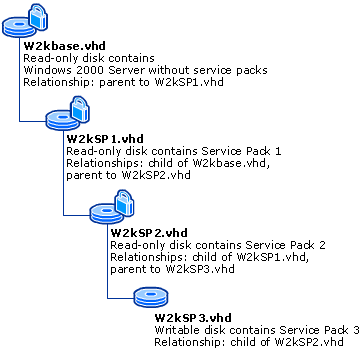HP has released 3 new models in its VirtualSystem Portfolio, the VS1, VS2 and VS3 each capable of supporting a number of virtual machines out of the box, and all based on the HP Converged Infrastructure solutions. These are basically Converged Infrastructure, virtualisation platforms in a box (or a rack in this case!) This solution joins the HP CloudSystem and HP AppSystems (more on those in other blogs)
VS1 is built on industry standard HP Proliant servers, running a hypervisor based solution, which hosts the virtual machines. A HP P4500 SAN and the HP Insight Control software used to manage the whole solution.
The VS2 is built on HP’s bestselling HP Bladesystem housing multiple blade (BL) servers, a separate Bladesystem chassis with a P4000 based SAN solution, all backed off onto HP’s Virtual Connect FlexFabric networking environment, and again, utilizing HP’s Insight Control software to manage it all.
Finally, the VS3 is based on the same HP Bladesystem as the VS2 to house the blade servers, but builds on the P4000 SAN and replaces it with HP’s latest acquisition, the excellent 3Par technology.
The VS1 can manage up to 200 machines and the VS3 can manage as many as 6,000, with the VS2 being somewhere in the middle.
The interesting thing about the Virtual Systems is the ability to basically buy one single line item that is delivered as a rack that just needs power and network connections supplied and you have your virtualisation platform in place.
This looks like direct competition to EMC’s and Cisco’s vblock offering, but I think with a bit more integration, and the VirtualSystem is from one vendor, so no multi-vendor support issues.
The VirtualSystem can be upgraded to a CloudSystem with the installation of the appropriate software, and licenses, so fits nicely in the whole HP Converged Infrastructure portfolio.
For more information see here.




